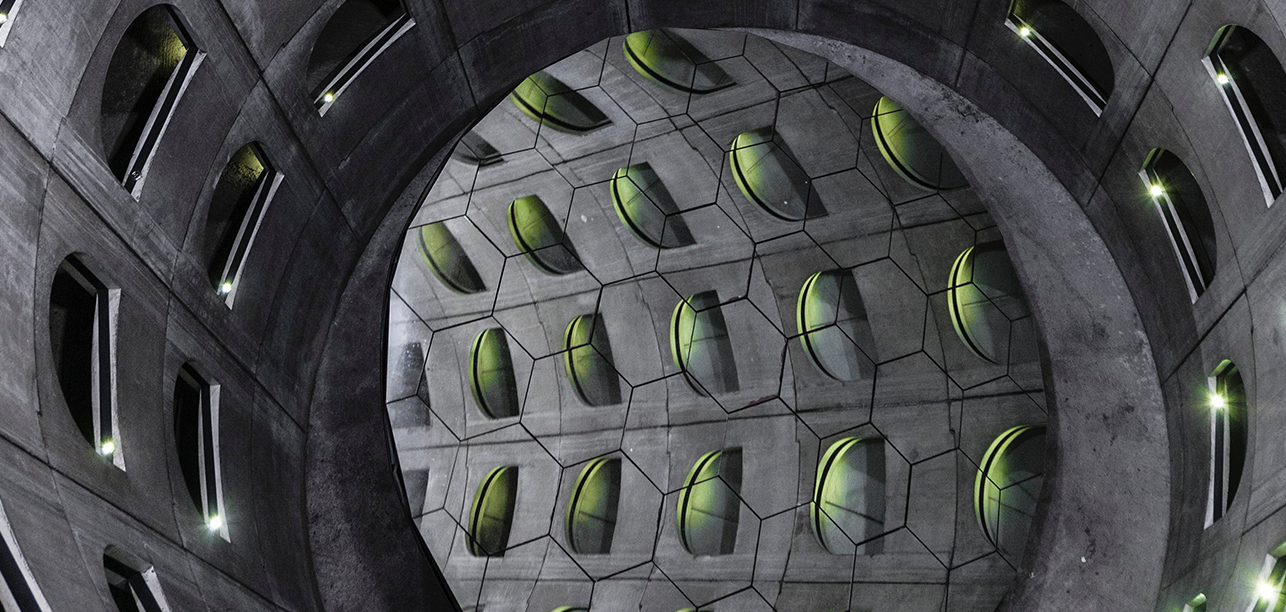
Colocation QnA: Data center airflow for high-density environments
In our recent webinar on Critical Design Elements of High Power Density Data Centers, we received several questions about data center power and cooling. Let’s take an in-depth look at your colocation inquiries regarding data center air temperature and power needs.
Have a question about colocation? Tweet us @Internap with hashtag #AskTheExpert.
Ask The Expert is a new video series where we answer your questions on any topic within our industry. Follow us on Twitter to know when new videos are published and to ask us your questions.
Data center airflow for high-density racks
Q: What air temperature would you advise for 25kW racks?
A: While temperature is important, it is not the only factor in high-density environments. Managing high-density environments requires fine-tuning of multiple items, including inlet temperature, return air temperature, static pressure and airflow (cubic feet per minute, or CFM) at the face of a cabinet. Most data center operators will maintain the ASHRAE range, which is between 65-80 degree inlet temperatures. Obviously, the higher the inlet temperature, the less energy you are using to cool the air. In a colocation environment where strict service level agreements (SLAs) are in place, we keep our inlet temperature on the lower side.
Temperature aside, the airflow (CFM) that is required in front of higher density cabinets is important. High-density servers have many servers compacted into a small area, and each one craves air being pulled through it to cool down the processor. This means that you will need a steady flow or stream of air (CFM) that matches the density of the cabinet. To provide that air, the raised floor tile is perforated to allow airflow from the pressurized under floor. In the case of a high-density cabinet, there are more and larger openings in the perforated tile to allow the required amount of air per density. The rule of thumb to determine the amount of CFM needed per kW ranges from 100-160CFM/kW based on design and proper airflow management. In addition, depending on density, you might need anywhere from a 4’-6’ cold aisle, which would hold at least two to three perforated tiles directly in front of the cabinet. The perforations allow a consistent stream of air to be pulled up through the floor across the front of the server equipment. Mastering the correct temperature and amount of perforated tiles should be carefully reviewed in design and managed once deployed to ensure proper temperature and airflow.
Measuring kW per rack
Q: Is your measurement of KW per rack based on full A/B coverage? (e.g. 10 KW = 5KW A side + 5KW B Side, or does it mean 10KW A Side with full failover coverage on the 10 KW B Side)?
A: This is a great question that is commonly misunderstood. Dual power supplies to servers will offer half of its required load on an A and a B circuit for a primary/redundant configuration. This configuration provides the server redundancy in the event of a power supply failure. There are instances where a primary/primary configuration is needed, meaning that the power being provided to the server between both circuits is what is needed without any capability of redundancy in the event of a power supply failure. Most data center operators set rules on the percentage of use of that circuit to ensure that power is not overdrawn against the rating of the breaker, or overdrawn to fulfill something more than a primary/redundant circuit such as a primary/primary circuit. This means that if I wish to draw 6kW on an 8kW circuit (the 2kW difference provides a buffer on the circuit – always size circuit for 20% more than needed), then 3kW will be drawn from each circuit to the server to provide the total requirement of 6kW. If a failure occurs in one of the power supplies, then the other power supply can draw the full amount required. In a primary/primary configuration, redundancy is not possible.
Voltage
Q: 120 volt per phase v/s 220 volt per phase?
A: The answer to this question comes down to the requirements of your equipment. Most data center providers have the ability to service 120V, 208V and 208V 3Phase. Most server equipment is designed to support one or all if requested. Many manufacturers understand that your needs will change over time – while you’re only using 2kW today, you may need 6kW in the future. For this reason, most equipment has the ability to go from 120 to 208, which will work fine as long as the CPU capabilities can handle it. Typically, the more compute or CPU that is required, the higher the power needs will be to support it. Each server manufacturer typically offers different specifications to accommodate this.
Watch the webinar recording to learn more: Critical Design Elements of High Power Density Data Centers


